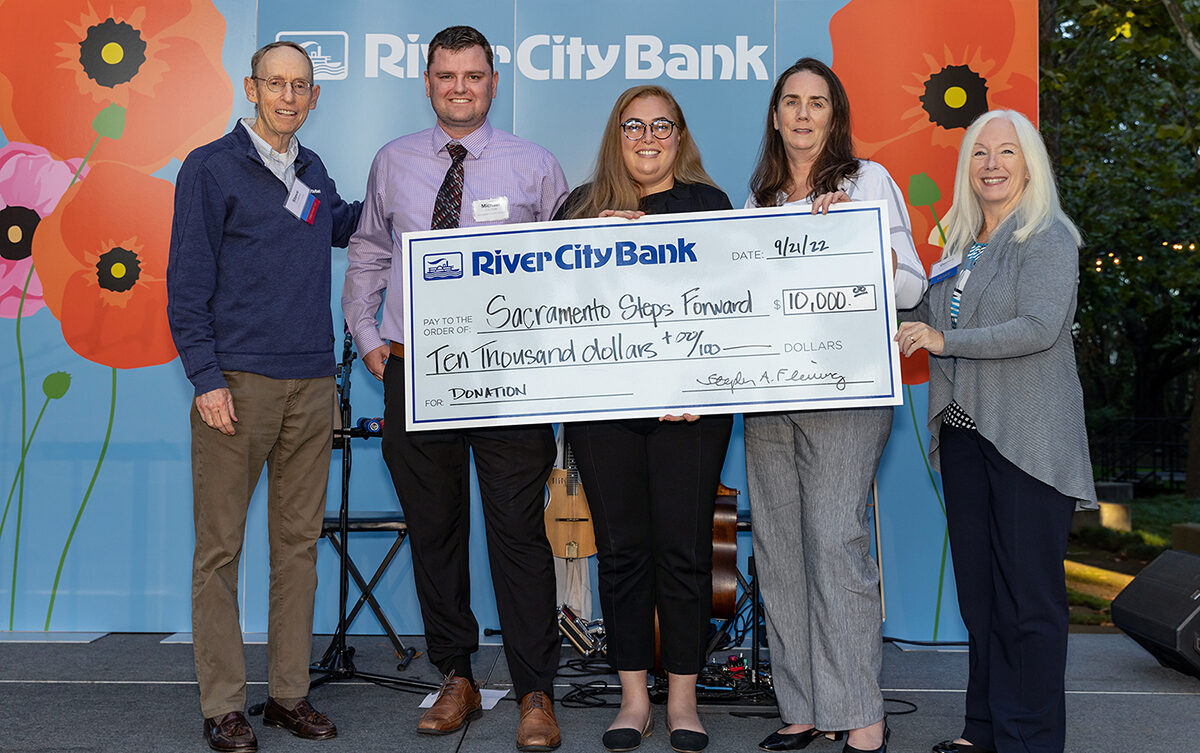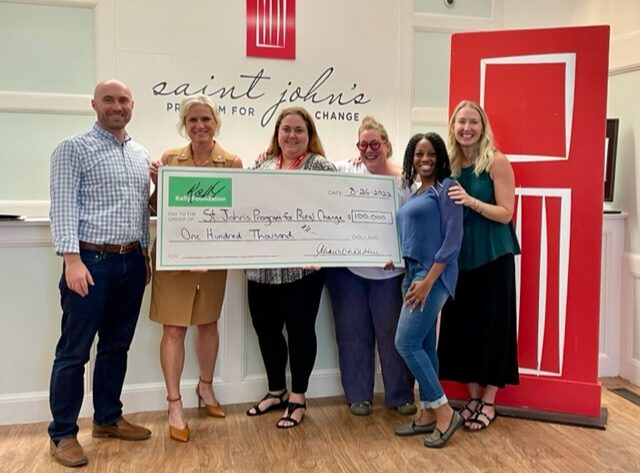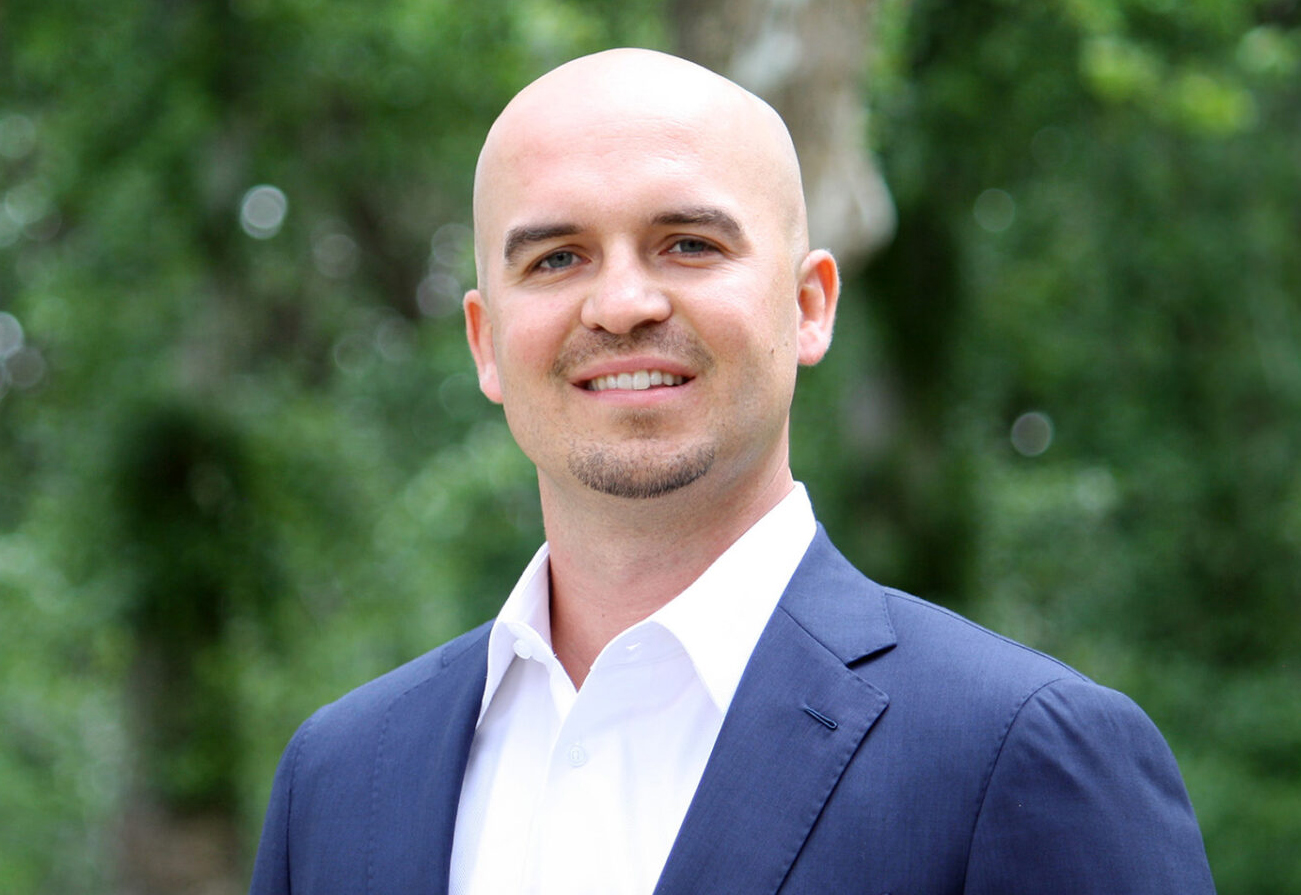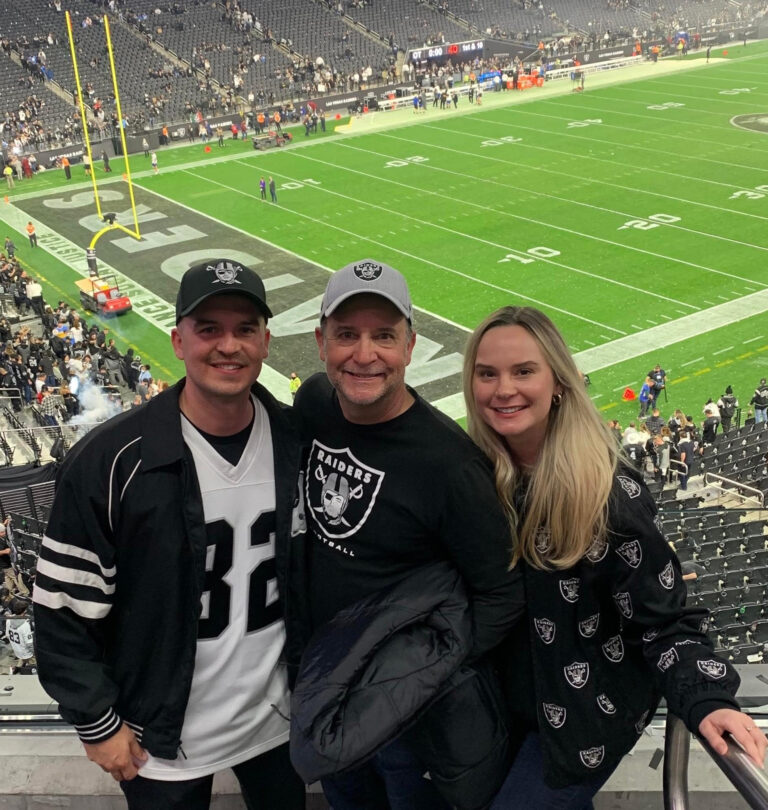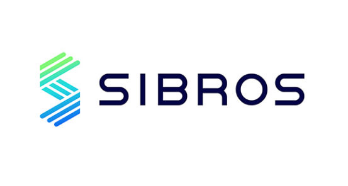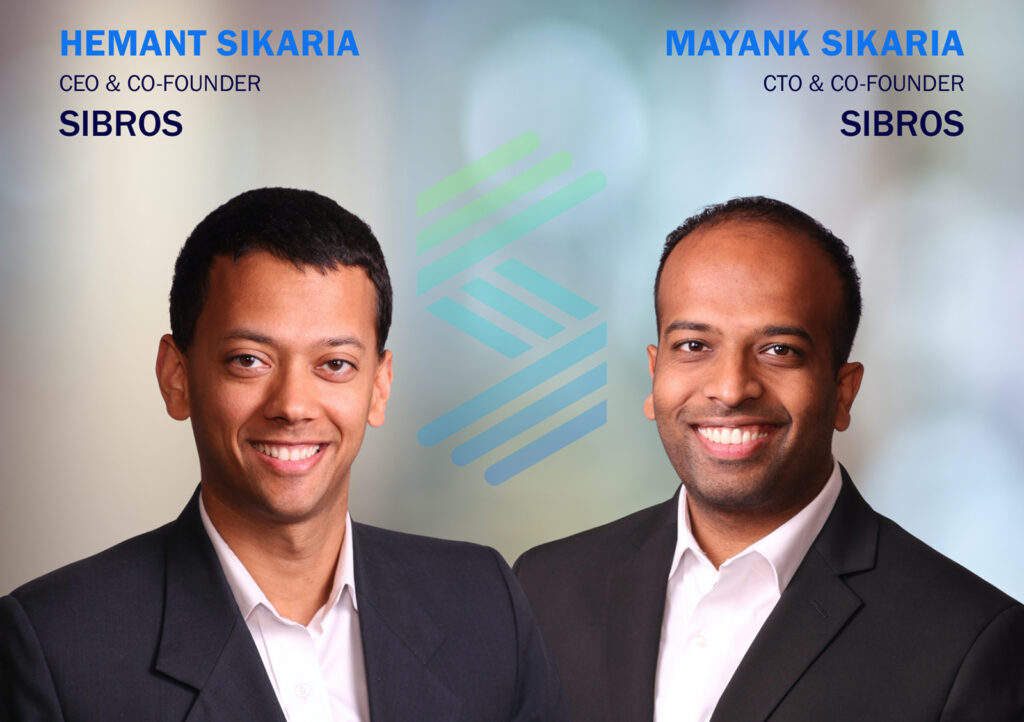By Pat Lewis, EVP, Chief Operating Officer, at River City Bank.

The healthcare industry, once relatively predictable and staid, underwent wrenching changes during the pandemic. As elective surgeries were canceled and many medical offices closed, healthcare practices of all kinds had to adapt to a new reality of virtual appointments, revenue pressures, staffing shortages, and unexpected expenses for personal protective equipment and technology.
As the Sacramento area emerges from the darkest days of the pandemic, and the local economy once again finds its footing, new opportunities in the sector abound. Medical practices are seeing patients return for checkups and elective surgeries. Veterinarian practices are swamped with handling the medical needs of pets adopted during the pandemic. Dentists and physical therapists are busy with appointments that had to be rescheduled. Some practices are expanding.
“Healthcare executives must now lead their institutions, designed for methodical and slow change, in a way that reinvents their business with the speed of the market,” McKinsey & Co. wrote in an article about healthcare business building in the wake of the pandemic.
The pandemic challenges lead to new opportunities
I couldn’t agree more. In my 20 years at River City Bank, I’ve met dozens of owners of healthcare businesses, many of whom had kept to the same formula for years. The pandemic changed that overnight. Practices had to immediately pivot to telehealth, even if they weren’t quite ready. They had to navigate government grants for help. And owners of small to medium-size medical practices must now embrace a new way of strategic thinking to stay competitive in the years ahead.

Many medical practices experienced shrinking revenue as appointments were delayed and partners forewent monetary distributions to ensure that sufficient capital remained on the books. With these practices often collecting roughly 30% of billings – after adjusting for insurance discounts and other unpaid services, the financial implications were significant. For surgery centers, whose cash flow tends to be higher, adjustments were needed as elective procedures decreased.
One key to navigating the uncertainty was having a relationship with a local lender with healthcare expertise that could provide guidance on cash management and financing needs. River City Bank’s healthcare clients relied on us during the pandemic, and they’re turning to us now for financial guidance on how to grow.
As a financial partner to our clients, it’s critical that we understand the complex economics of medical billing, insurance reimbursements, and cash flow, and we are working together with independent medical practices to take advantage of the new environment.
Providers are opening up new facilities in new geographic areas, and they’re also enhancing and upgrading their facilities and bringing those back into play. To facilitate this growth, many healthcare practices are turning to local community banks, where they know a relationship banker can prioritize their needs and help walk them through the myriad of loans, financing, and credit lines they can access now and in the future.
Four key ways that financial partnerships promote growth
In particular, here are four ways that lenders can provide medical groups with the tools they need to help them prosper in the post-Covid environment:
1. Equipment financing
The pandemic ushered in a new wave of technology for healthcare practices as they were forced to quickly get up to speed on ways to deliver care virtually. To stay competitive with hospital-owned groups and other larger practices, independent physician groups often need to invest in more sophisticated equipment, from the front desk to the treatment room. As the pandemic eases, elective surgeries and regular screening have increased the volume at outpatient surgical centers. Local lenders can provide term loans and working capital lines of credit for equipment financing, sometimes at 100 percent.
2. Facilities remodeling
With new technology advancing the capabilities of healthcare and the rise of remote telehealth options, medical practices are rapidly rethinking their traditional model. Medical experts say the telehealth trend is here to stay. One large physician practice in San Diego expects that 15-30% of its patient encounters in 2023 will remain remote. Ryan Companies, a large commercial real estate development firm, advises medical practices to redesign to make their physical spaces “safe, adaptable, flexible and effective.” Waiting rooms, for example, need to be reconfigured so patients are seated at a comfortable distance from one another. Many practices might need to add conference rooms for private remote conversations. We’ve already seen this firsthand, as River City Bank helped one longtime surgical center client obtain financing to remodel several of its surgical centers.

3. Cash flow and liquidity management
River City Bank’s clients in healthcare span from the central coast to Northern California and the Sacramento region. Despite the geographic differences, each of the practices confronts similar challenges, from billing and reimbursement pressures to balancing cash flow and expenditures. Many have current expansion plans, while others are finally returning to other business strategies they were forced to put on hold.
4. Expansion capabilities
The Sacramento area, and other suburban and exurban regions around the state’s population centers, benefited from an influx of people fleeing city downtowns during the pandemic. Thanks to virtual and hybrid work, many of those new residents are staying. Even smaller independent physician groups are contemplating an increase in their facilities. Local lenders that understand medical financing can help medical practices expand when and where they want. Some growing practices might be increasing the number of locations to better serve an expanding clientele. Medical practice loans can cover the costs of both construction and renovation, as well as the new equipment needed to open another office.
How healthcare practices can be well positioned for the future
Medical practices that want to thrive in the years ahead will need to address a growing list of challenges, including capital financing for new equipment, funds needed to remodel facilities to maintain high-quality services, cash flow management to ensure liquidity, and access to funding for expansion to keep up with increasing demand.
Practices have choices to make when considering financing. Community banks with dedicated healthcare experts can give them guidance and innovative solutions they can’t get elsewhere.
With over 25 years of financial-services experience, Pat Lewis ensures compliance with policies and procedures while overseeing the premier level of client services upon which River City Bank has established its reputation. Pat has almost 20 years of experience with River City Bank holding positions including Senior Vice President, Commercial Banking Director, and Cash Management Director.
